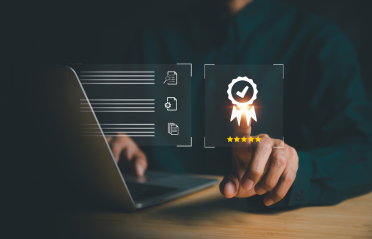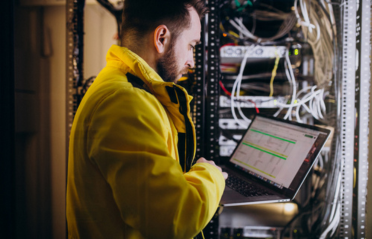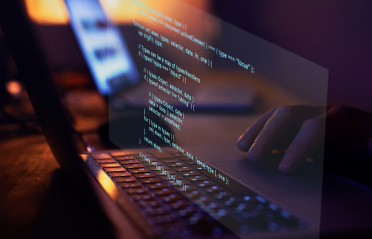Overview
Location tracking is no longer just a matter of mapping GPS co-ordinates for navigation. The importance of micro-location tracking has become an urgent need in multiple verticals. Here are some examples:
- Retailers want to track if customers visiting stores are stopping by their product – are they engaged and looking? Are they looking at their brand or some other competitor brand? How do they know exactly where the customer is standing in a crowded indoor aisle?
- Medical hospice providers want to know where their patients are – its a significant problem where patients affected by specific medical conditions lose their way while inside a hospice care facility. Another example is for safety of their employees – in mental institutions where certain patients may have conditions that lend them to violence, an advance warning of precise patient location is of significant help to care giving employees
- Parole officers would like to know exactly where parolees are, irrespective of where they are. False location warnings cause a lot of revenue loss as any warnings have to be followed up with a visit.
- How does an advertiser, displaying an ad on a digital signage know if a person is actually watching the ad? (Even if we assume we are able to detect a person is 4 feet from the board, how do we know if that person is facing the board?)
In other words, “Location Tracking” doesn’t just involve approximate distance “accurate to 10 meters” (as it was a few years ago), but micro location positioning involves direction, orientation as well as elevation.
HSC Skills on Location Tracking
- Modifying beacon advertising protocols for optimization
- Combining beacons + wifi + image recognition to offer directional locational identification
- Kalman filter implementations/extensions for accurate positioning data
- Developing innovative contextual services and delivering them to mobile apps or digital signage boards based on calcuated location

Product Engineering Services Customized software development services for diverse domains
Sustenance Engineering Going beyond maintenance to prolong life of mature products
Managed Services Achieve scalability, operational efficiency and business continuity
Technology Consulting & Architecture Leverage the extensive knowledge of our Domain Experts













